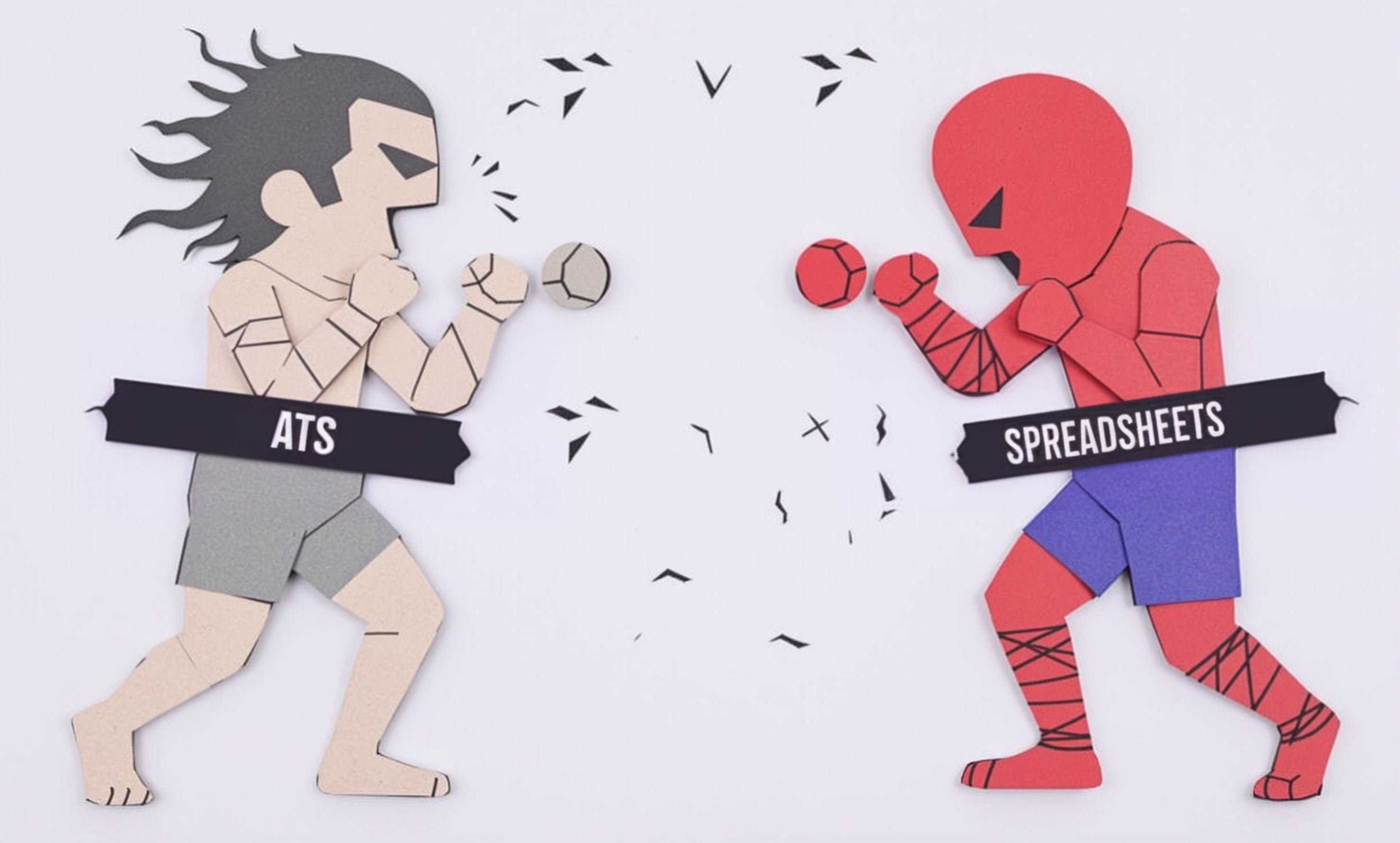
SewerCAD
SewerCAD is a specialized computer program that civil engineers use to design and analyze sewer systems for cities and communities. It's like a digital drawing board that helps engineers plan where pipes should go and how big they need to be. The software helps predict how water will flow through the system and identify potential problems before construction begins. It's made by Bentley Systems, a well-known company that creates engineering software. Other similar programs include EPA SWMM and InfoSewer. These tools are essential for modern urban planning and infrastructure development.
Examples in Resumes
Designed municipal sewer systems using SewerCAD for a 500-home residential development
Optimized existing sewer networks with SewerCAD modeling, reducing overflow incidents by 40%
Led training sessions for junior engineers on SewerCAD and hydraulic modeling
Typical job title: "Hydraulic Engineers"
Also try searching for:
Where to Find Hydraulic Engineers
Professional Organizations
Job Boards
Professional Networks
Example Interview Questions
Senior Level Questions
Q: How would you approach modeling a large city's sewer system that has both old and new infrastructure?
Expected Answer: A senior engineer should discuss gathering existing system data, calibrating the model with real flow measurements, considering different scenarios for system upgrades, and explaining how they would present findings to non-technical stakeholders.
Q: What factors do you consider when designing a new sewer system using SewerCAD?
Expected Answer: Should mention population growth projections, terrain analysis, rainfall patterns, construction costs, maintenance requirements, and environmental regulations. Should demonstrate understanding of balancing technical requirements with budget constraints.
Mid Level Questions
Q: How do you validate your SewerCAD model results?
Expected Answer: Should explain comparing model results with actual flow measurements, checking for reasonable values, and using different storm scenarios to test system performance. Should mention documentation and quality control processes.
Q: What data do you need to build an accurate sewer model?
Expected Answer: Should discuss pipe sizes and materials, manhole locations and depths, population data, water usage patterns, and terrain information. Should mention the importance of field verification.
Junior Level Questions
Q: What are the basic components of a sewer system in SewerCAD?
Expected Answer: Should be able to describe pipes, manholes, outfalls, and pump stations. Should demonstrate basic understanding of how these components work together in a system.
Q: How do you determine pipe sizes in SewerCAD?
Expected Answer: Should explain basic concepts of flow calculations, minimum and maximum velocities, and how the software helps calculate appropriate pipe sizes based on expected flow rates.
Experience Level Indicators
Junior (0-2 years)
- Basic sewer system modeling
- Understanding of gravity flow systems
- Simple pipe network design
- Basic data entry and model building
Mid (2-5 years)
- Complex system modeling
- Troubleshooting existing systems
- Report writing and presentation
- Construction cost estimation
Senior (5+ years)
- Advanced hydraulic modeling
- Master planning
- Project management
- Regulatory compliance expertise
Red Flags to Watch For
- No understanding of basic hydraulics principles
- Lack of experience with infrastructure design standards
- Unable to read engineering drawings
- No knowledge of local building codes and regulations




